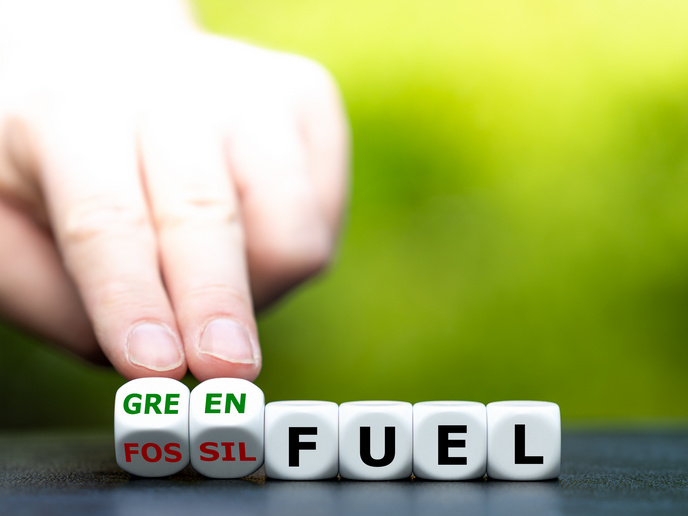Advanced tank technologies for hypersonic flight
Although hypersonic rocket propulsion is run-of-the-mill, getting the technology to work with air-breathing planes is another story. While past studies have advanced vehicle aerodynamic design, none have addressed in sufficient detail the critical question of cryogenic fuel storage and usage on an airliner. Researchers employed a comprehensive approach to address this challenge in the context of the project CHATT (Cryogenic hypersonic advanced tank technologies). They successfully manufactured four different demonstrator tank structures, each one introducing new design and material concepts. The largest tank is a cylindrical vessel approximately 3 m in length and 1 m in diameter, utilising a carbon fibre-reinforced polymer (CFRP) shell design wound on a polymer liner. Another, smaller cylindrical vessel was produced with innovative dry-winding technology. The third vessel employed a liner-less design, and the fourth tank was manufactured as a multi-bubble tank suited for non-circular fuselage cross-sections. One of the most important findings was that thin-ply laminates can largely reduce or even prevent microcracking in cryogenic environments. This opens the way for designing liner-less and ultra-lightweight CFRP tanks. The use of liner was found not only to adversely affect the tank's structural integrity, but also to provide leak paths for the fluids inside the tank. Cryogenic tanks for future airliners require not only lightweight tank structures, but also lightweight, durable and reliable insulation systems. Cryogels extend the temperature ranges of conventional aerogels by several hundred degrees, while simultaneously being much cheaper. CHATT was the first project that attempted to investigate how sloshing phenomena in large tanks impact flight control through extensive modelling and analysis. Construction and testing of a ceramic heat exchanger greatly increased knowledge on ceramic materials for cryogenic heat transfer applications. Aeroplanes that travel at several times the speed of sound could change the way people see long-haul travel. Except for hypersonic flights, project results may also impact on conventional subsonic passenger transport by proposing a means for lower or even zero greenhouse emissions air traffic.







